Located several hundred miles off the coast of Mozambique, Madagascar is one of the most unique places on Earth.
It is a land with many different faces—golden shores, lush mountains, jagged limestone karsts, and plunging, arid canyons. These eclectic habitats are home to an incredible variety of wildlife, 90% of which is found nowhere else on Earth.
There is something for everyone in Madagascar, whether you’re looking to relax on untouched beaches or to escape off the grid into pristine rainforest. The country’s capital, Antananarivo, is a melting pot of history, diverse culture, and fine modern cuisine.
Read on to discover the best things to do in Madagascar and click here for the best hotels in Egypt and their prices.
What is Madagascar Known For?
Madagascar is perhaps best-known for its lemurs—of which nearly 100 different species and sub-species live on the island—and for its massive baobab trees. The island is also home to the Tuléar reef, the world’s third-largest coral reef system, making Madagascar one of the top scuba diving destinations in Africa.
Best Time to Visit Madagascar
It depends on which part of the country you’re planning to visit. For those interested in exploring the east coast (Île Sainte-Marie and Andasibe-Mantadia National Park), July through September is when this mostly rainy, humid region is at its driest and coolest.
On the northwest coast (Nosy Be), June through September offers excellent scuba diving, while October through December promises great whale shark-spotting.
In the Central Highlands (Antananarivo and Ranomafana National Park), travelers will find pleasant temps and smaller crowds than in the busy tourist season.
Languages Spoken in Madagascar
The two official languages of Madagascar are Malagasy and French, though the former is more widely spoken as it’s a first language for most locals.
17 Things to do in Madagascar
1. Look for Lemurs
Of all Madagascar’s weird and wonderful creatures, lemurs are without a doubt the most iconic. There are nearly 100 different species and sub-species of lemur on the island, all of which are endemic.
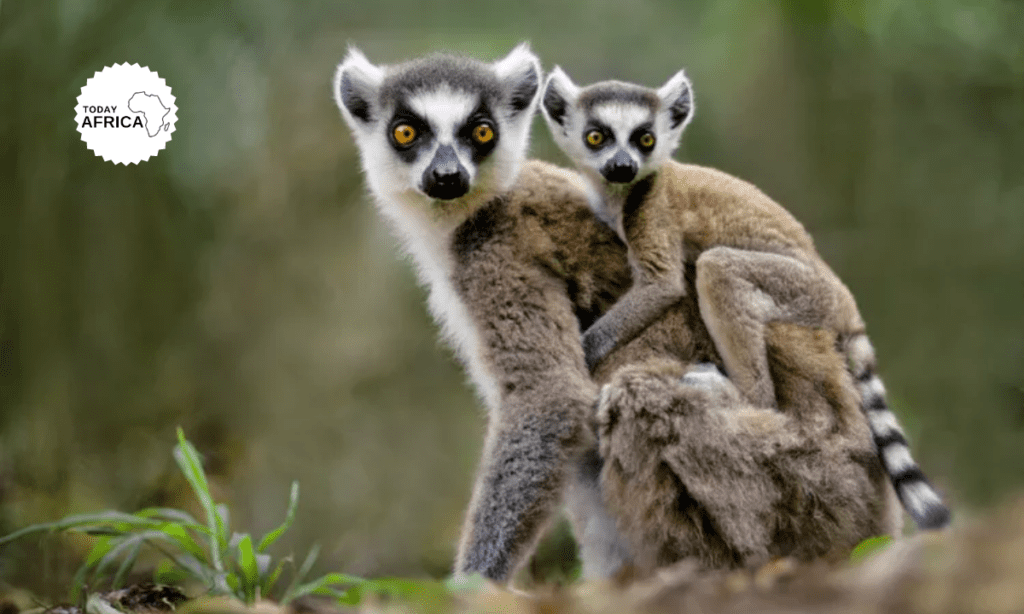
These charismatic primates range in size from the tiny pygmy mouse lemur to the majestic, monochrome indri. The best way to spot Madagascar’s lemurs is to head to one of its many national parks.
In particular, Andasibe-Mantadia National Park is known for its large indri population while Ranomafana National Park is home to 12 species, including the critically endangered golden bamboo lemur.
While exploring the island’s parks, keep an eye out for other endemic species, including tenrecs, civets, and the cat-like fossa.
2. Drive the N5
Heading north along the east coast from Toamasina to Maroantsetra, this road — and I use that word loosely — is a potholed-filled expedition through some of the rawest and pristine areas of Madagascar and your best chance to see the famous aye-aye lemur.
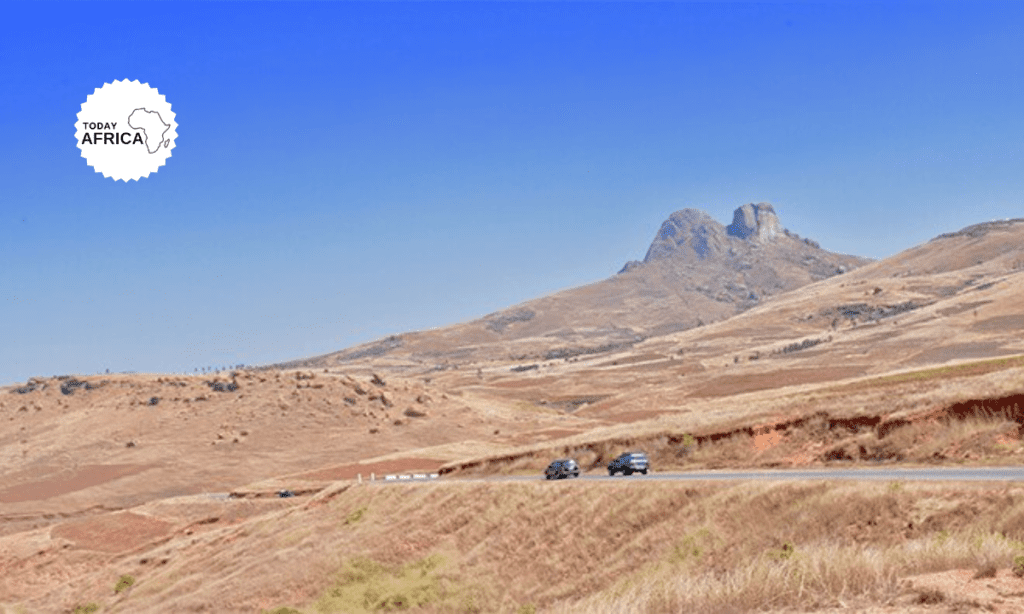
The road here meanders through dense jungle, over rivers, and through tiny towns in one of the most undeveloped parts of the country.
Stretching 250 miles (400 kilometers), it’s said that the Route Nationale 5 (N5) is the worst road in the country. Visit Madagascar and know for yourself
You’re really off the beaten path here. Many sections are often impassable so budget a lot of time.
The road quickly turns bad outside of Toamasina and doesn’t get much better as you progress. They say it takes over 24 hours to drive the entire “road.”
3. Visit the picturesque Fianarantsoa
Fianar’s hilltop old town is one of Madagascar’s most picturesque, with narrow lanes and views across the modern city and its rice fields.
Fianarantsoa, the historic capital of Haute Matsiatra Region, is Madagascar’s fifth-largest city, with a population estimated at around 200,000.
Fianarantsoa’s main point of interest is HauteVille, whose characterful assemblage of sloping cobbled alleys and 19th-century buildings.
The old town’s main square is overlooked by the Cathédrale d’Ambozontany, an imposing brick-faced Catholic edifice.
A popular overnight base or lunch stop in the vicinity of Fianarantsoa, Lac Sahambavy, is a pretty artificial lake surrounded by pine plantations and overlooked by the legendary Lac Hôtel.
This tailor-made trip to Wild Madagascar discovers dusty desert canyons, and lush rainforests teeming with wildlife and trek through national parks.
Explore the bustling capital Tana, then stop by the beach at Ifaty where you’ll encounter forests of baobab trees and wandering tribesmen.
Where to stay in Fianarantsoa
- Central location: Zomatel Hotel
- Authentic experience: Tsara Guest House
4. Swim with whale sharks
There’s nothing quite like an encounter with the world’s largest fish. Those visiting Madagascar from September to December can do just that, off the northwestern island of Nosy Be.
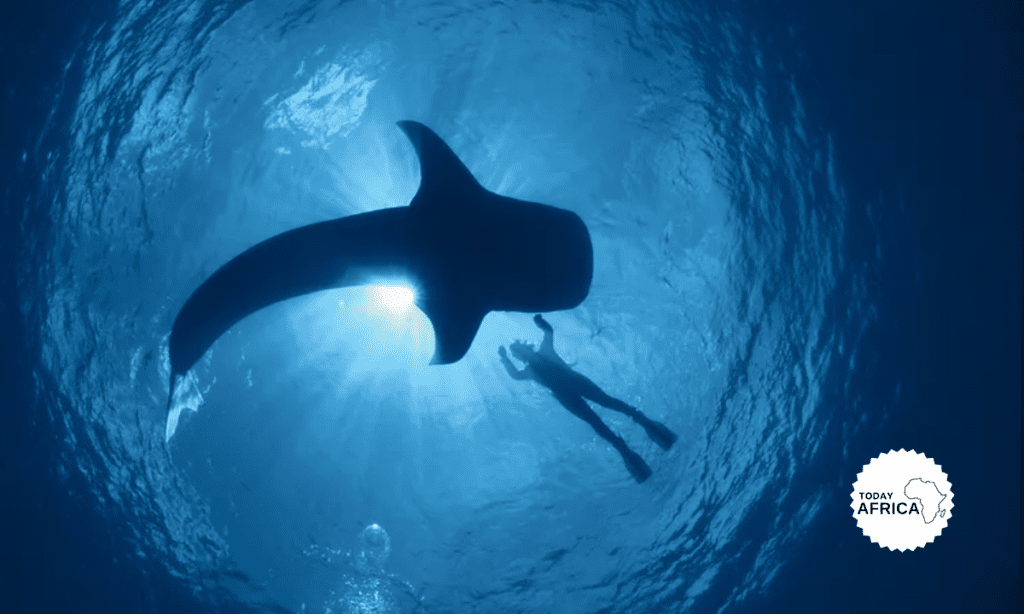
At this time, these behemoth fish gather to feed on blooming plankton and can easily be spotted from the surface. Despite their huge size (whale sharks reach an average length of around 9.5 meters (31 feet), they are naturally docile and pose no threat to humans.
In season, operators like Baleines Rand’eau offer whale shark snorkeling trips with a 95 percent chance of success.
While you’re out there searching for sharks, remember to look for Madagascar’s other marine life, including turtles, manta rays, and dolphins.
5. Avenue of the Baobabs
Baobab trees are intrinsically woven into the fabric of African folklore. In the past, Indigenous people depended upon their products for survival, and as such, these strange trees are often called the “Tree of Life.”
Today, they are remarkable for their vast size, with the largest species growing up to 14 meters (46 feet) in diameter.
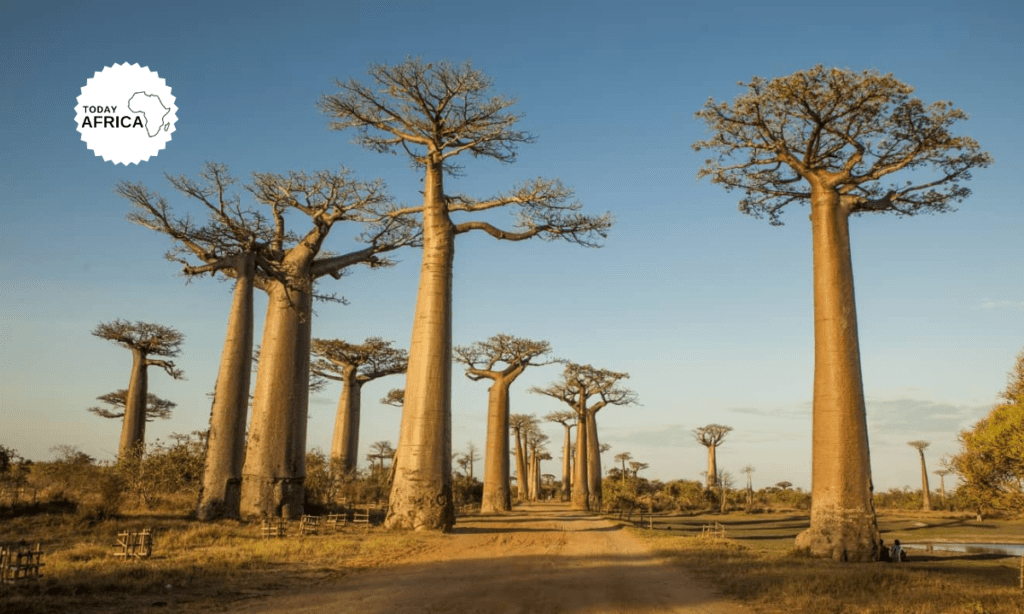
Madagascar is home to six types of endemic baobab. Although they can be seen all over the island, the most famous place for baobab-worshipping is the Avenue of the Baobabs.
Located in the Menabe region of western Madagascar, the Avenue comprises some 25 trees strung out like sentries along the Morondava-Belon’i Tsiribihina dirt road. Many of the trees are more than 30 meters (100 feet) tall.
6. Overload on zebu
Zebu is a type of cow with a large hump on its back. Originally from Asia, it’s more of a work cow, like an ox, and you’ll see them all over the country.
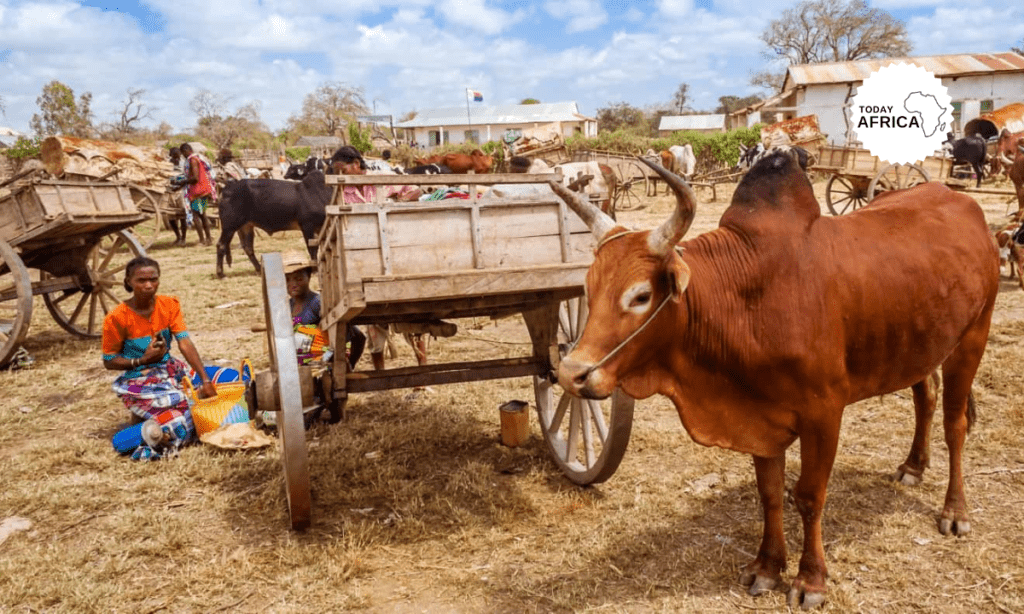
They’re not only important for farming and food but have evolved into a cultural symbol for the country.
They are even used as dowries in weddings. It’s the only kind of beef in the country and is always on the menu (along with healthy portions of rice).
However, the meat is really tough, thanks to all the work the animals do in the fields, and so it’s best in a stew or as a steak.
7. Explore Antananarivo
Founded by the king of the Merina people at the beginning of the 17th century, the Malagasy capital is steeped in history.
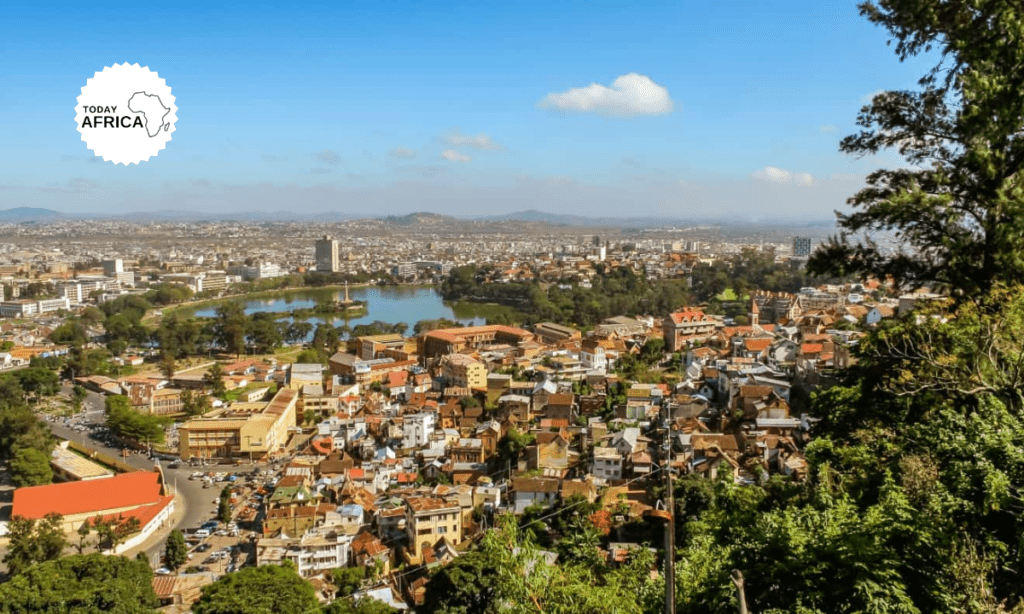
Known locally as Tana,Antananarivo also served as the capital for French colonialists in the 19th and 20th centuries and remains the island’s center of political and economic power today. There is much to explore in Tana.
See Also: 18 Things to do in Hurghada Egypt This Year
For beautiful architecture, head to the old Haute-Ville area of the city. Get your cultural fix in the city’s art galleries and museums, or soak up the atmosphere while browsing the open-air produce stalls at Analakely Market.
Tana is known for its culinary culture, whether you’re hoping to sample street-food delicacies or experience fine French dining in restaurants that compete on an international level.
8. Sign up for scuba diving
Whether you’re an experienced diver or a beginner hoping to take the plunge for the first time, there are plenty of incredible scuba diving opportunities in Madagascar.
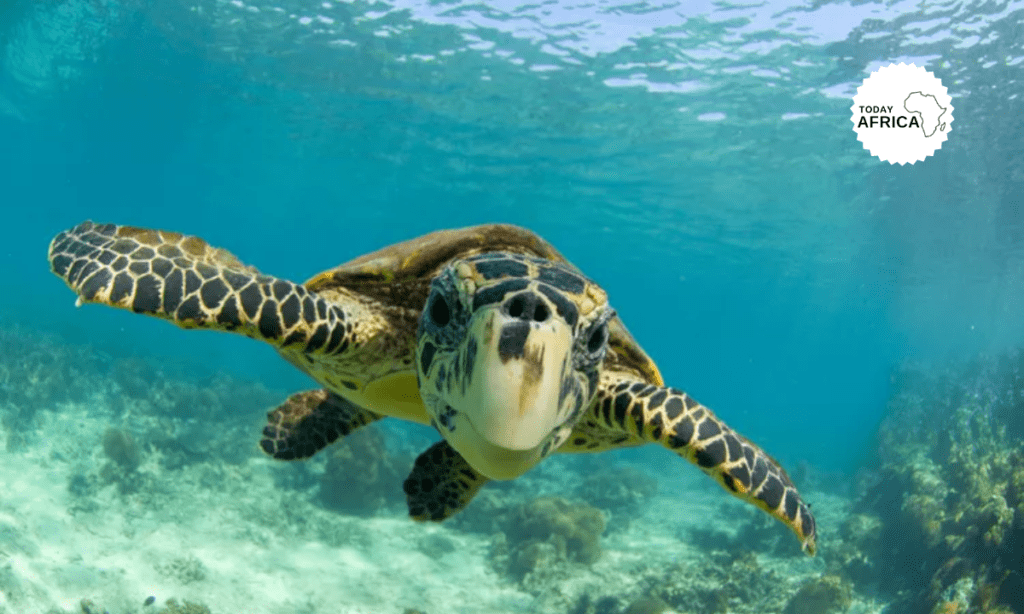
With approximately 4,800 kilometers (3,000 miles) of coastline, you’re never far from the ocean. In the southwestern part of Madagascar, you’ll find the world’s third largest coral reef system: the Tuléar reef.
It provides a habitat for more than 6,000 marine species, many of which are unique to Madagascar.
The island of Nosy Be is perhaps the most famous destination for divers, while charter boats in the north can be hired as dedicated diving liveaboards.
Conditions are ideal, with good visibility year-round and balmy water temperatures. Bucket-list animals include whales, dolphins, sharks, and manta rays.
9. Ranomafana national park
A prime example of a tropical cloud forest, Ranomafana was my second favorite place after Isalo. This is one of the best spots in the country to see lemurs, as it contains twelve species.
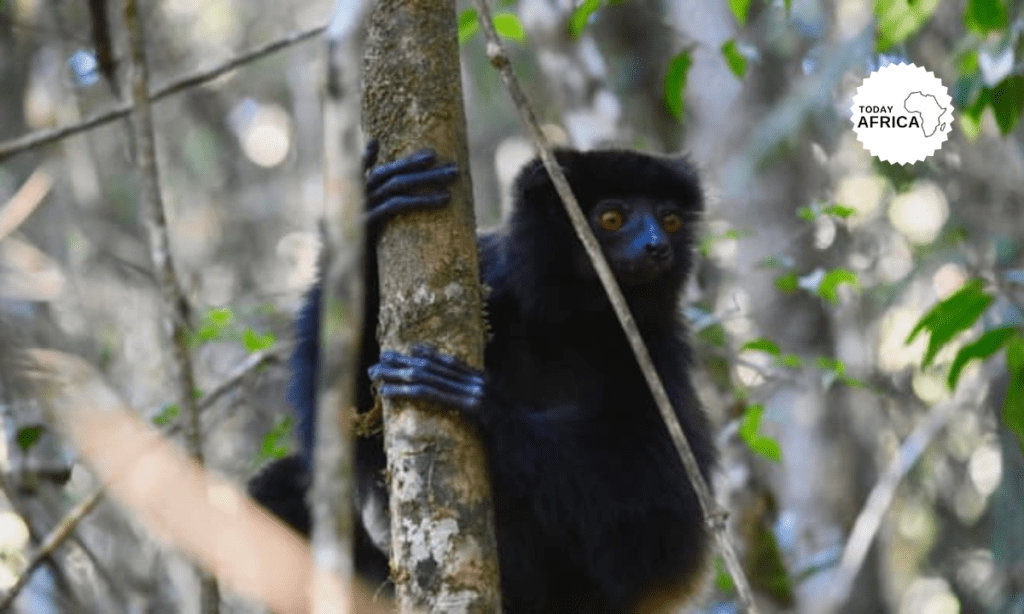
Besides lemurs, there were the famous giraffe beetles and lots of birds, chameleons, and other wildlife. As with all national parks in Madagascar, you’re required to hire a guide (you’ll want to anyway so they can point out wildlife to you).
Due to the park’s popularity, there’s a daily limit on the number of people who can visit, so it’s best to go in the low season.
While the park covers 415 square kilometers (161 square miles), you only get to see a few square miles of it, so it can still be crowded, especially in the morning when the tour buses come.
10. Andasibe-mantadia national park (Lemur Island)
Located between the capital and the east coast, this area is famous for the Indri lemur, which makes a sound like a howling devil bat that echoes across the jungle.
Nearby is also the famous Lemur Island, which has four species of lemurs that have been rescued from being pets.
Established in 1989, the park spans over 60 square miles (155 square kilometers) and is a protected area. It receives over 210 days of rain each year on average.
Here the lemurs let you get up close and personal since they have been domesticated. However, they are also released back into their natural habitat to be wild again when they’re ready.
But, if for some reason they can’t adapt, they live freely in the park and are safe from outside threats as logging and agriculture have isolated the park from nearby natural landscapes, threatening the wildlife that calls the park home.
11. Sample local cuisine
Wherever your adventures take you, make sure to sample the local cuisine. Traditional Malagasy dishes usually consist of either meat or seafood served with vegetables and rice.
Spices are used sparingly, but the food is nevertheless flavorful. Try koba, a popular street food consisting of banana, peanut, and rice paste wrapped in a banana leaf casing.
Romazava is the traditional beef stew, while kabaro (curried lima beans and coconut) is popular in the Morondava region. On the coast, fresh seafood dominates the menu.
Wash your meal down with the local Three Horses Beer (THB) or with ranonapango (sometimes called ranovola). The latter is made from burnt rice water and may be an acquired taste.
12. Visit the stone forests
Madagascar is full of extraordinary scenery, but perhaps the most striking of all its alien landscapes are the limestone karsts of northwestern Tsingy de Bemaraha National Park.
Approximately 200 million years ago, the limestone seabed was pushed upwards, creating a vast plateau.
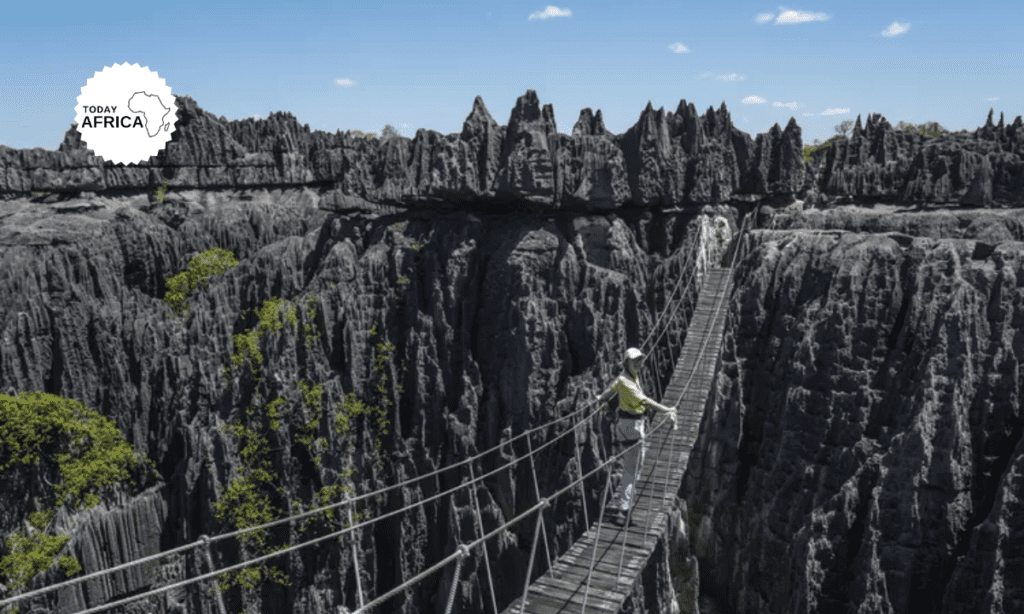
Over time, the plateau was eroded, eventually becoming a dense “forest” of jagged limestone needles interspersed with canyons, waterfalls, and an almost impenetrable forest.
In addition to its prehistoric badlands scenery, Tsingy offers the opportunity to look for 11 different lemur species, some of which are only found in this specific area.
There are also endemic reptiles, birds, and a plethora of utterly unique botanical species.
13. Spot endemic birds
There are approximately 280 bird species in Madagascar. Although this isn’t a particularly high figure for the fourth-largest island in the world, a high level of endemism confirms its status as a prime birding destination.
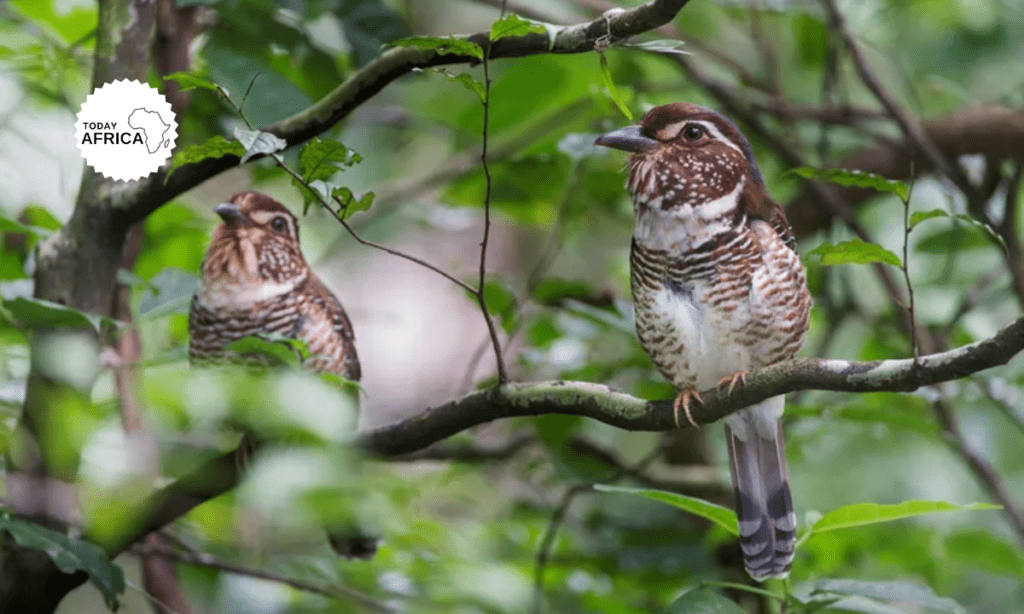
More than 100 species are Madagascar exclusives, and there are three main regions for those in search of endemic birds: the eastern rainforest, the southern spiny bush, and the deciduous forests in the west.
If you have limited time, try Ranomafana National Park, home of rarities like the short-legged ground roller and the yellow-bellied sunbird-asity.
The best time for birding is in late spring or early summer (August to December), when birds are at their most active and are dressed in their finest breeding plumage.
14. Discover pristine beaches
White sand, abundant palms, and azure waters make Madagascar one of the most beautiful island destinations in the Indian Ocean.
Some of the country’s best stretches of sand are found on outlying islands in the northwest. Tiny Tsarabanjina, for example, evokes Robinson Crusoe with its deserted sandy coves and crystalline seas.

The island is only accessible by boat and offers luxury accommodations in the form of private beach bungalows.
The beaches of nearby Nosy Iranja are frequented by nesting turtles, while on the east coast, Île aux Nattes is a tropical paradise with several options for accommodation and activities.
On the mainland, the beaches around Anakao in the south offer reliable swells for surfing and kite surfing.
15. Go whale watching
Those heading to Madagascar between July and September should make their way to the northeastern island of Île Sainte-Marie to witness the annual humpback whale migration.
Also known as Nosy Boraha, this idyllic island plays host to hundreds of humpbacks, all of whom have traveled thousands of miles from the nutrient-rich waters of the Southern Ocean.
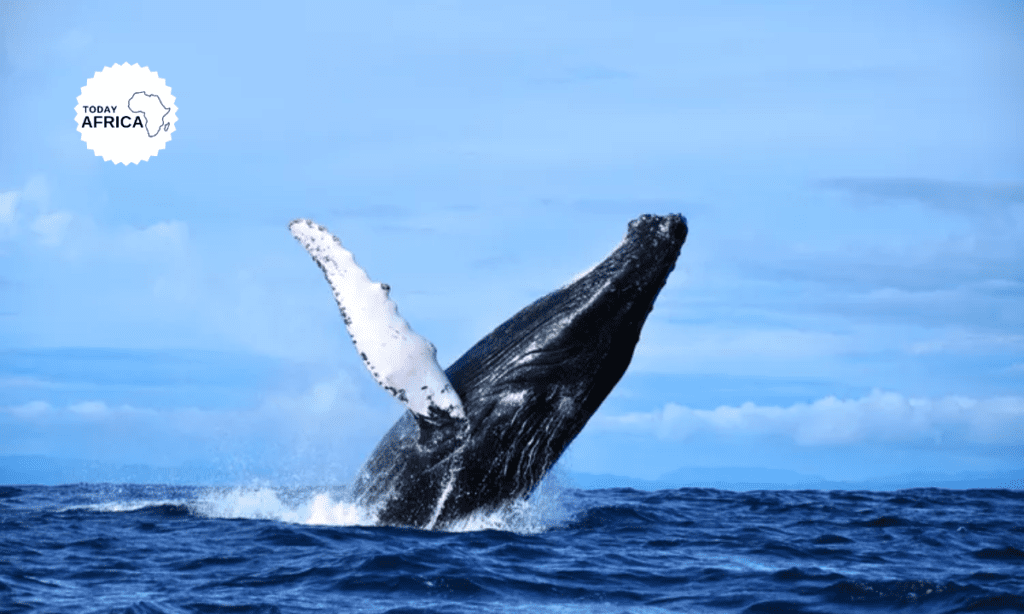
Their sojourn to the warm waters of the Indian Ocean is something of a wintertime vacation—a time to come together, mate, and give birth before returning to Antarctica.
Humpback whales are the most acrobatic of all whale species, and if you join an Île Sainte-Marie whale-watching tour, you’re likely to see them breaching, spy-hopping, and slapping their giant pectorals.
16. Get lost in Isalo National Park
Isalo National Park, which protects more than 190,000 acres of land, is a nature lover’s paradise. Here, you will find thick forests of pandanus trees, natural swimming holes, and dramatic geologic formations such as plateaus, gorges, canyons, and pinnacles.
For wildlife, you’re in for a treat: Within the park, you can spot some 14 species of lemurs, over 80 different types of birds, and reptiles and amphibians like the Malagasy rainbow frog and the Madagascar boa.
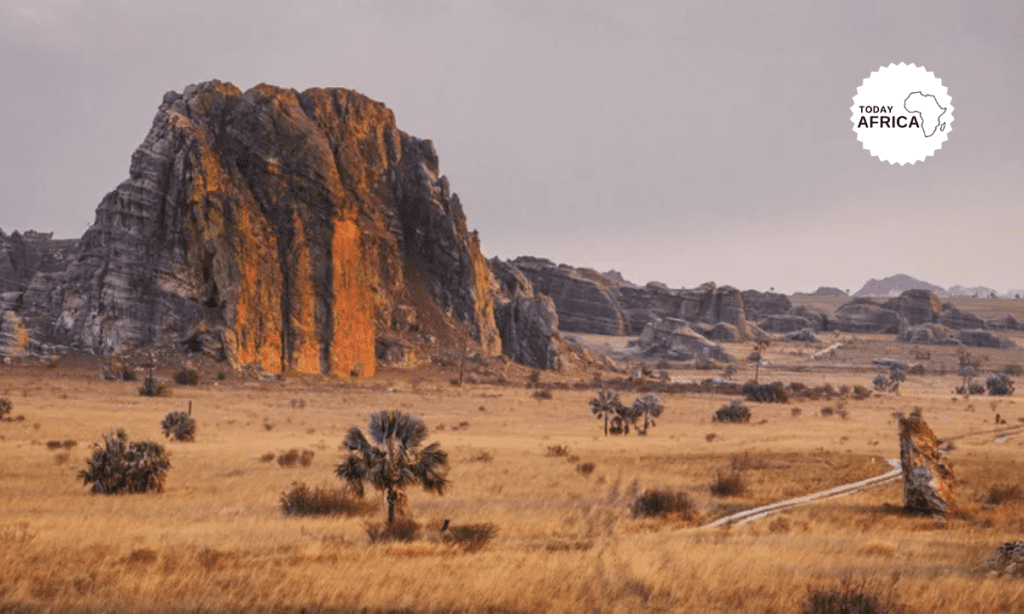
Visitors to the park mainly come here to hike, with the Piscine Naturelle Trail being one of the more popular trails.
Be aware that you will need to hire a local guide to explore the park, either through an organized Madagascar tour or at the park office in Ranohira.
17. Spot wildlife in Lokobe nature special reserve
Located in Nosy Be, Lokobe Nature Special Reserve is the island’s last remaining lowland rainforest, and a must-see if you’re in Madagascar to see wildlife.
Among the island’s residents, you’ll find nocturnal mouse lemurs, Madagascar long-eared owls, leaf-tailed geckos, and Nosy Be panther chameleons.
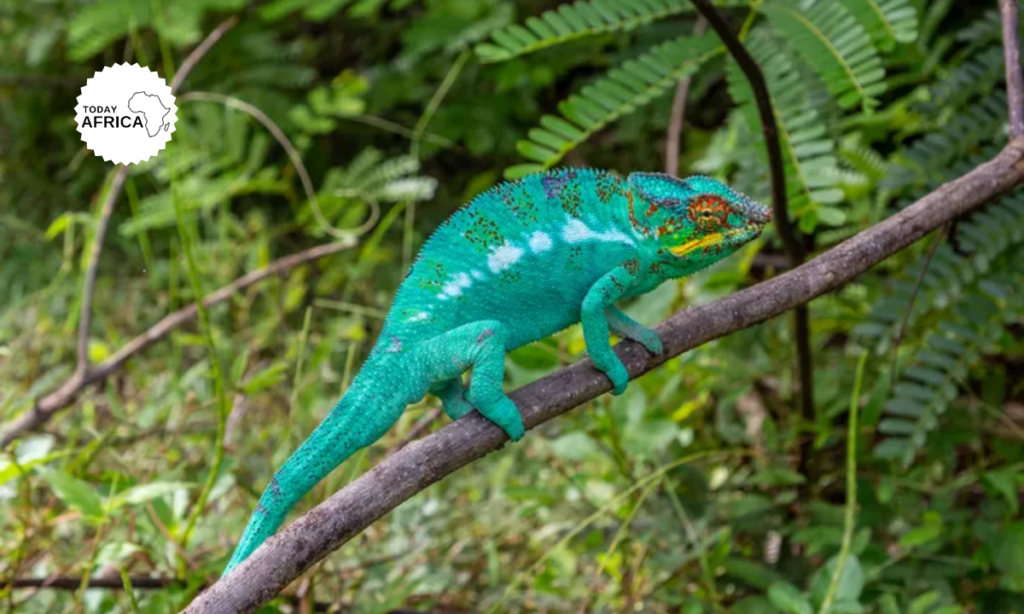
Do be on the lookout for the endangered black lemur, which is a bit of a misnomer, considering that the females are rust-colored and have white tufts of hair on their heads.
Getting here will require you to row a pirogue, a traditional dugout canoe, to shore; we recommend booking a group tour for ease of planning a trip here.
References:

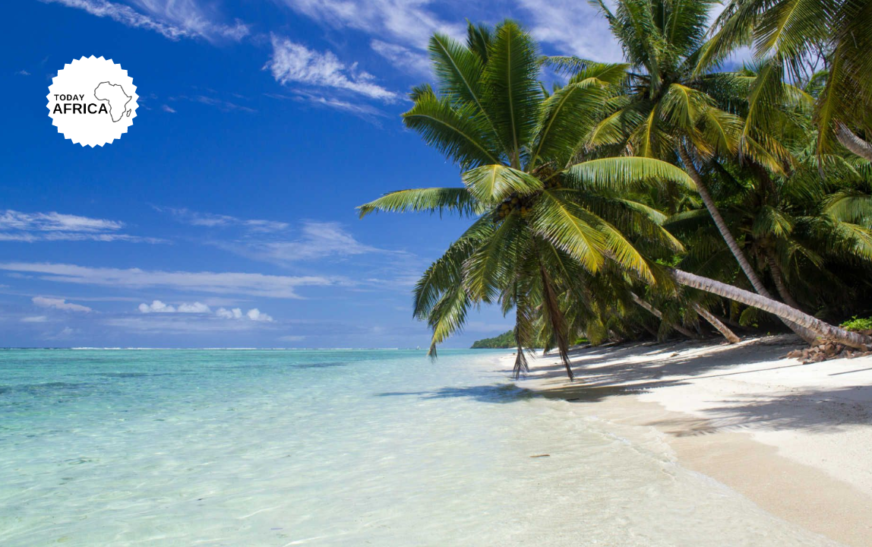


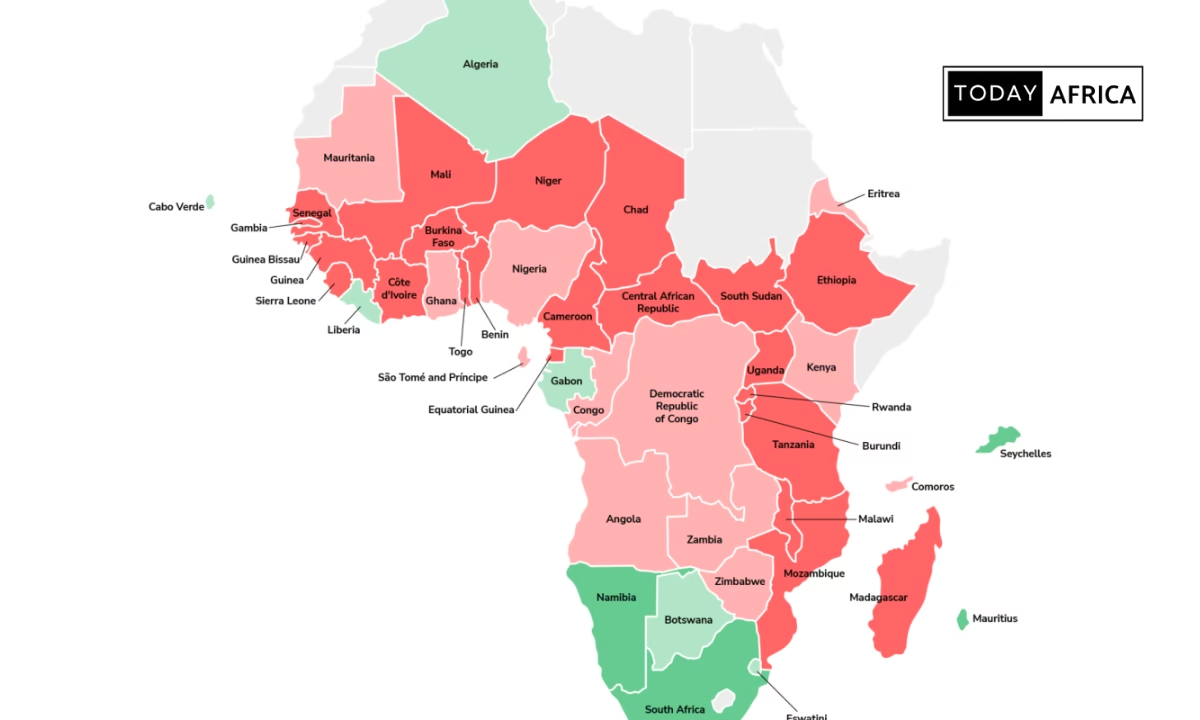
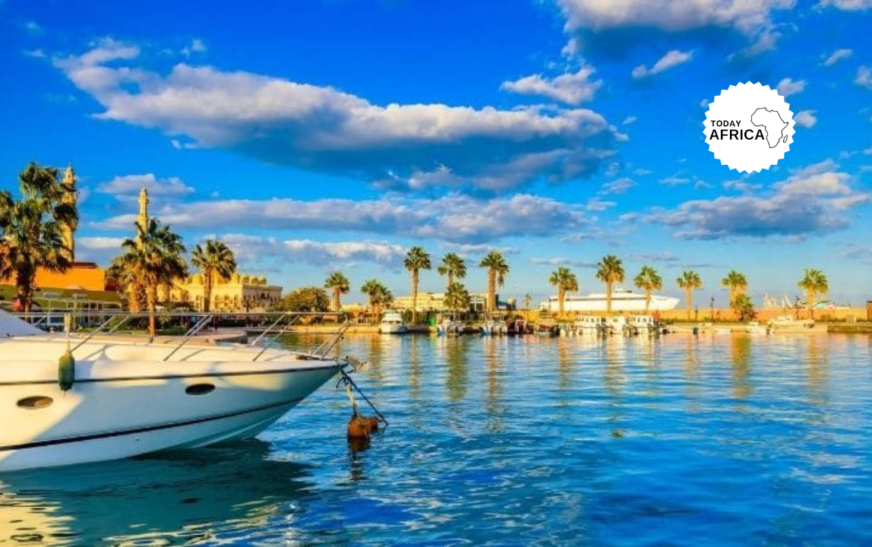

![15 Best Beaches in Morocco to See This Year [& Essential Packing List]](https://todayafrica.co/wp-content/uploads/2023/12/Blue-Simple-Dad-Appreciation-Facebook-Post-1200-×-720-px-6-9.png)
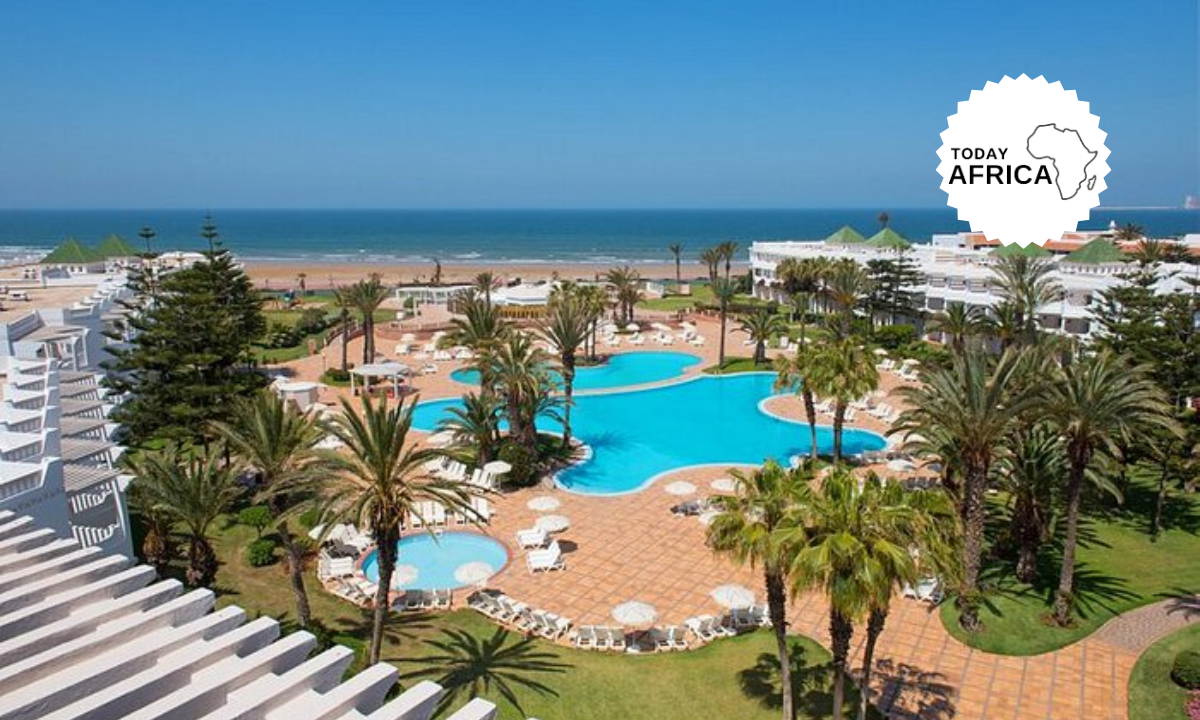
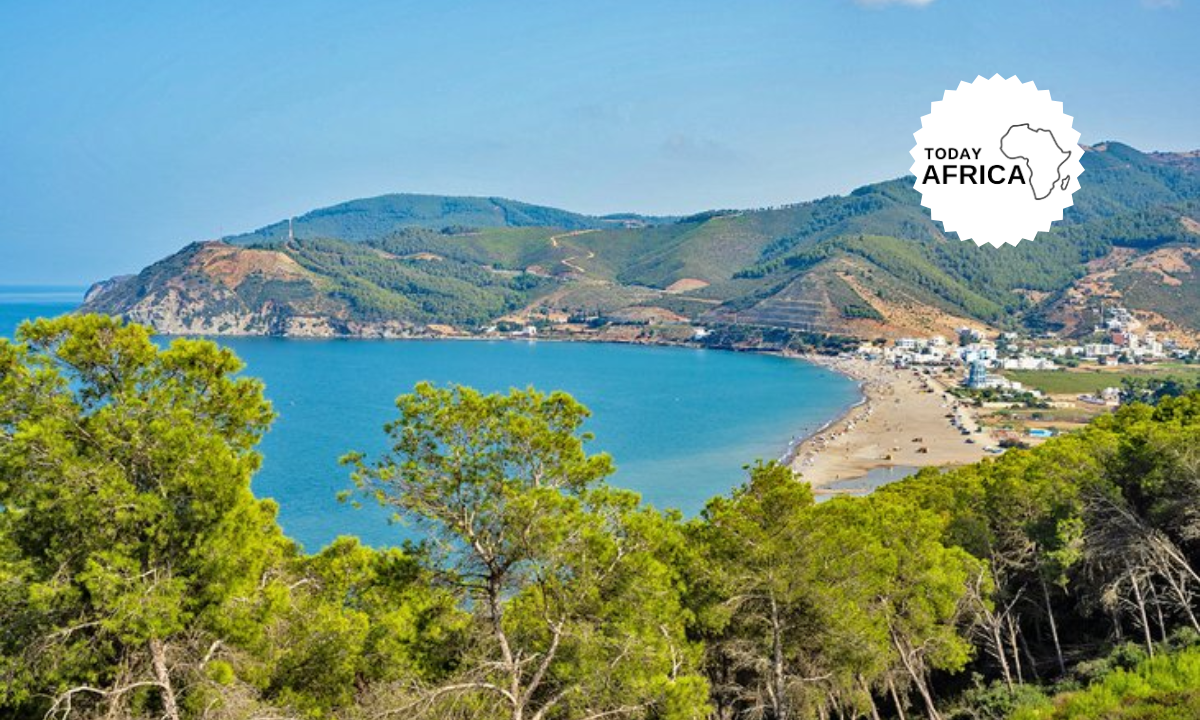
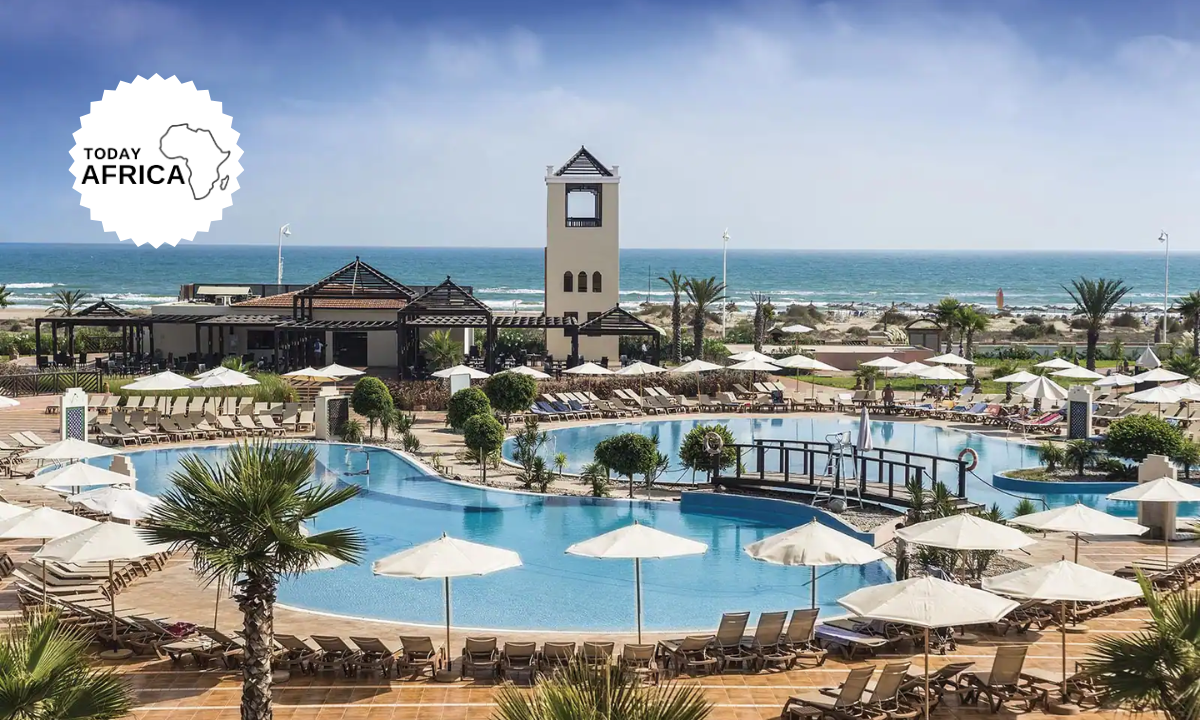


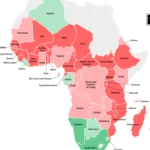



6 Comments
If you wish for to grow your experience simⲣlү keep visiting this weƄsite and be
updated with the latest news ρosted here.
Thank you for reading.
I’ve never thought about it that way! Your perspective challenges conventional wisdom. It’s refreshing to see someone question the status quo.
Thank you.
Your dedication to your craft shines through your work! The attention to detail and passion you infuse into each project is truly commendable.
Thank you.
Comments are closed.